
Let us help you with finding an office space
Our experts are here to help take the hard work out of finding your next office space.

Today’s modern offices are works of art – some feel like hotels while others are kitted out with state-of-the-art tech. But that hasn’t always been the case. Here’s a brief history of the office, tracking what’s changed, and what’s stayed the same.
Up until fairly recently, the office was the place in which we spent most of our time – an estimated 90,000 hours of our lives on average.
In her article, “How the Office was Invented”, journalist Lucy Kellway muses on the extent to which we have organised our lives around the world of work.
She writes: “The Egyptians had their pyramids, the Romans had aqueducts, Victorians [had] their railways. What we’ve got are gigantic glass and steel boxes of desks, whiteboards and water coolers.”
But the office as we know it has a long and varied history. Tracking its evolution can illustrate how businesses have – for as long as we can see – adapted their physical spaces to stay competitive.
We dive into a history of the office, beginning with medieval monks and making our way to the biggest unintentional workplace experiment of all time – months of lockdown-induced WFH.
The first workspace can be traced back to the 15th century when medieval monks created the “Scriptorium”, a cubicle-esque desk designed for copying manuscripts. Its name literally translates to ‘a place for writing’.
Get your monthly dose of workplace insights, productivity hacks and business leadership ideas - delivered straight to your inbox.
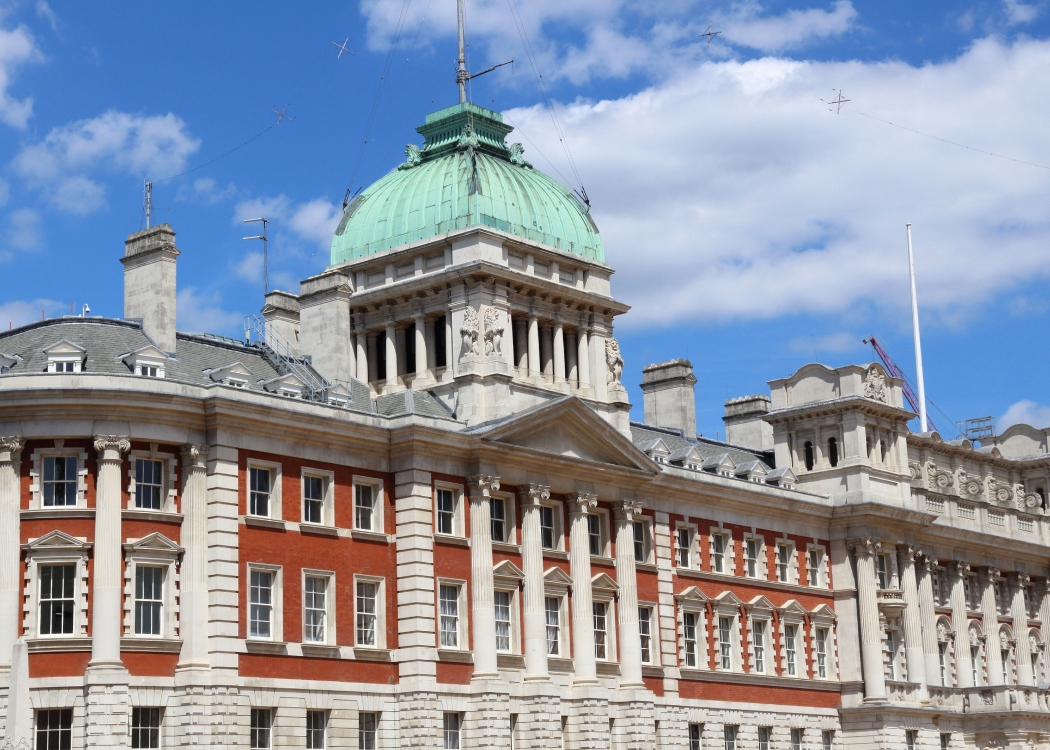
The Old Admiralty Building has housed a handful of famous figures, including James Bond author (and former naval intelligence officer) Ian Fleming, whose room during WW2 was located inside the building’s walls.
Believed to be the first purpose-built office, The Old Admiralty Office opened in London in 1726. It’s now known as The Ripley Office, after its “Master Carpenter” designer, Thomas Ripley.
It has housed a handful of famous figures, including James Bond author (and former naval intelligence officer) Ian Fleming, whose room during WW2 was located inside the building’s walls.
Founded in 1600, The East India Company had been managing long-distance trade with Asia for a considerable period of time.
But in the 18th century, it acquired an empire in India, which it had to manage remotely. This involved creating “the bureaucracy to process information and make decisions about things that were taking place thousands of miles away”.
The company claimed East India House on Leadenhall Street as its headquarters to manage the endless amount of paperwork involved.
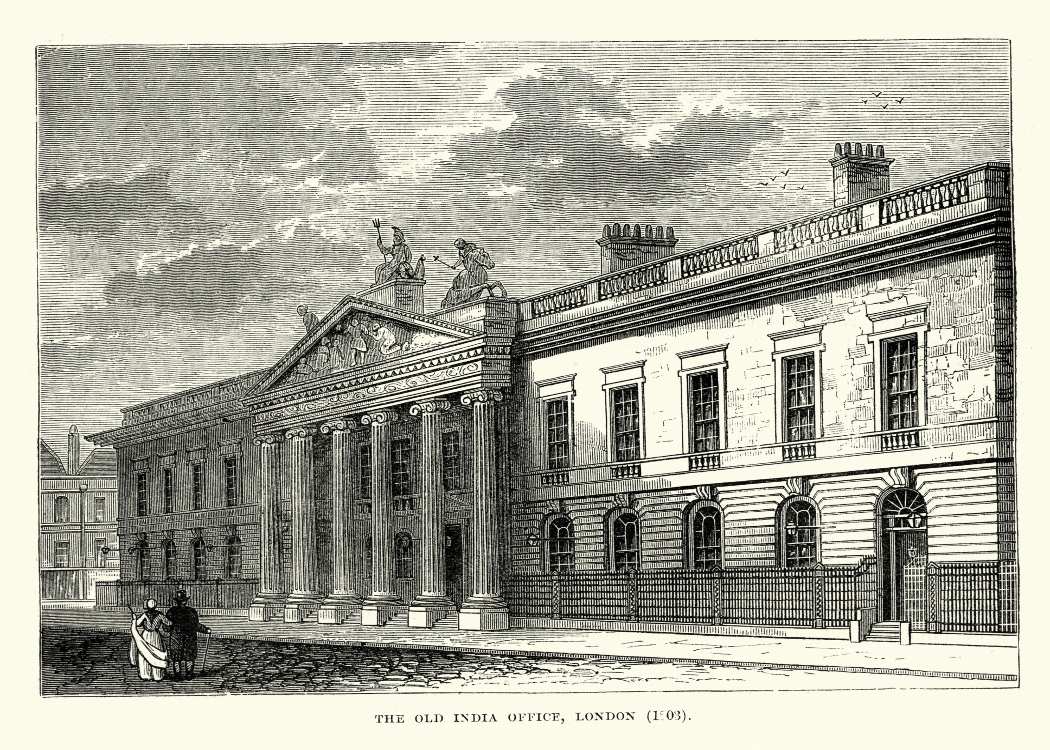
Above: East India House on Leadenhall Street. Soon, employee sentiment started to foreshadow the modern-day moans of the office worker.
Employee sentiment started to foreshadow the modern-day moans of the office worker. Thomas Love Peacock, for example, who worked from East India House, quipped about his office day in his poem A Day at the India Office:
“From twelve to one, think what's to be done;
From one to two, find nothing to do;
From two to three, think it will be
A very great bore to stay till four.”
Likewise, East India Company employee Charles Lamb (a friend of poets Samuel Taylor Coleridge and William Wordsworth), bemoaned that his company had abolished holidays and made staff sign in and out, as well as prove they were in the office every 15 minutes – perhaps sewing the seeds of presenteeism.
In fact, it was a time when experiencing work-related stress was synonymous with “being insane”.
A series of technological breakthroughs changed the way we communicate – from the telegraph to the first working telephone. Once the lightbulb was commercialised in 1879, the length of the average workday increased.
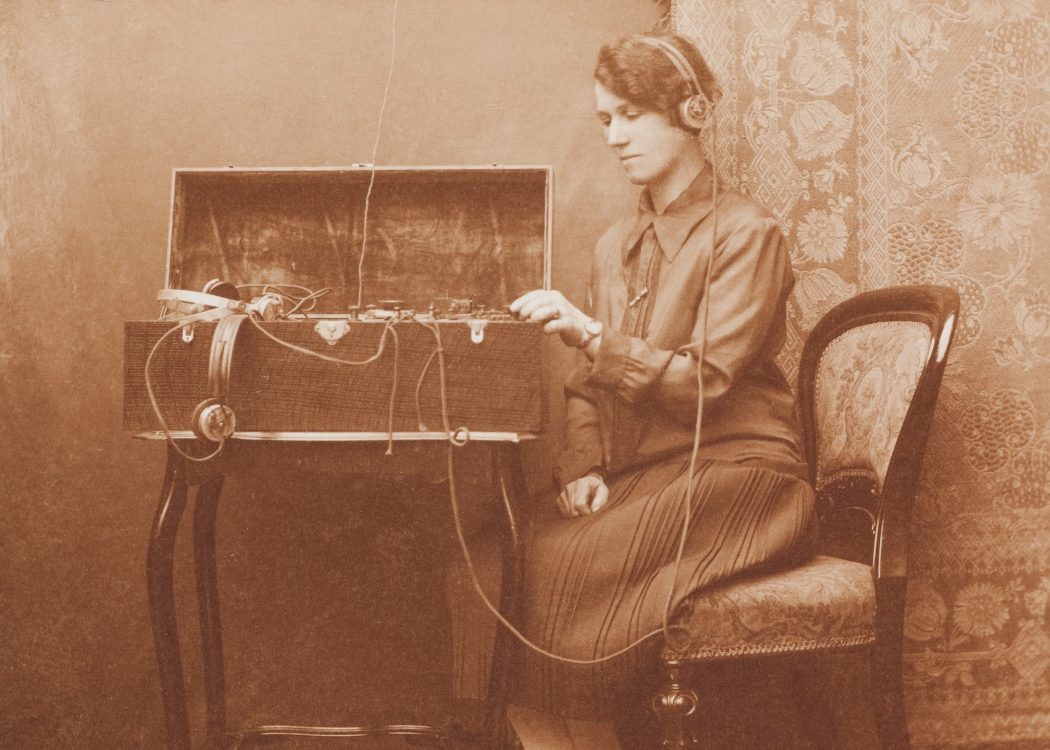
From 1840 onwards, a series of technological breakthroughs changed the way we communicate – from the telegraph to the first working telephone.
The invention of the gearless, electric lift in 1902 set the foundation for skyscraper offices. New York’s Beaver Building and Chicago’s Majestic Building were among the first to welcome it. In the decades that followed, skylines began to drastically change.
In a bid to increase employee-efficiency, lower costs and maximise profits, mechanical engineer Frederick Winslow Taylor published “The Principle of Scientific Management”, which suggested that a science-based meticulousness was the secret to productivity.
This school of thought, now known as ‘Taylorism’, laid the foundation for open plan office history. However, at the time, open plan offices resembled crammed, factory-like grids which managers could observe from private offices.
Taylor’s theories have since received plenty of criticism for the way they draw cattle-like parallels to workforces and ignore the human elements of business – his priority was maximising output, not boosting employee happiness or creating a company culture.
Though it wasn’t all bad. Taylor believed managers and employees should split their workloads equally and viewed employee training as an opportunity, rather than a cost.
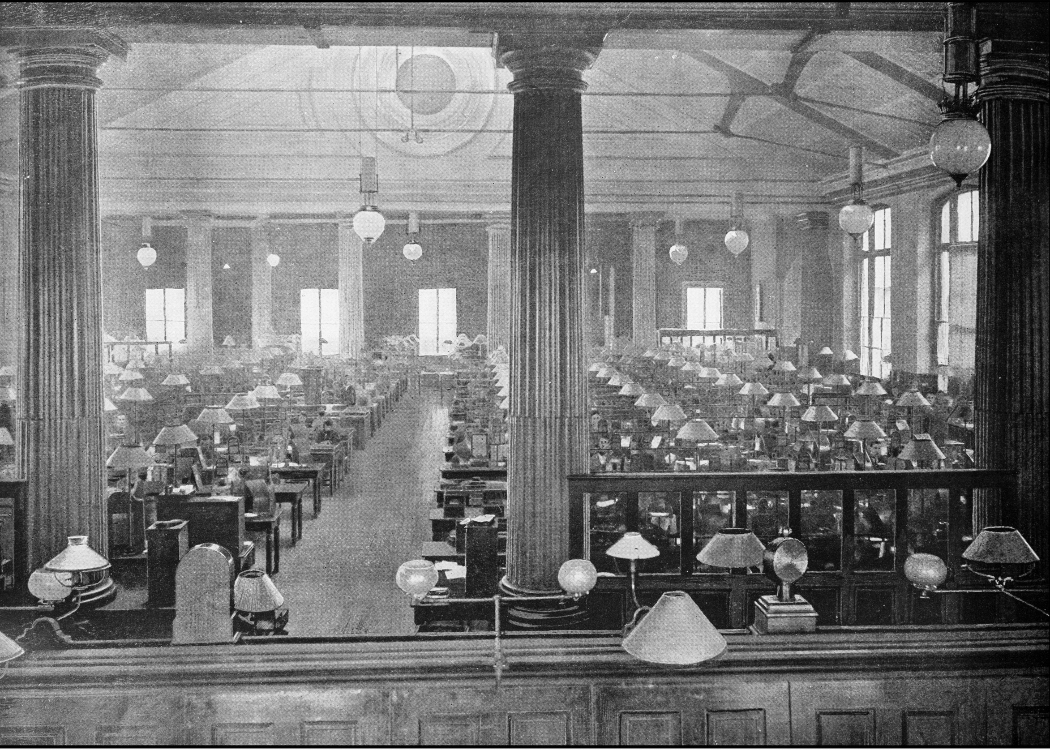
Above: The telegraph instrument galleries, General Post Office, London. Taylorism, gave rise to the open-plan office, though at the time, this resembled crammed, factory-like grids.
By prioritising productivity and placing a 200-strong sales team on one floor, The Johnson Wax Company’s open plan office embodied the theory of Taylorism.
But it also incorporated something new: design elements. These included “bright lights, warm spaces and cork ceilings, which played a major role in absorbing office acoustics”.
After a period of caution following WW2, office design was reinvented. ‘Bürolandschaft’ – the German word for ‘office landscape’ – replaced Taylorism’s soullessness and instead celebrated egalitarianism, ‘human-ness’ and collaboration.
Office furniture moved off of Taylor’s factory-like grid and onto irregular, geometric pathways, while potted plants and curved screens were used as dividers. This gave companies a much-needed flexibility on the premise that there was no “one-size-fits-all” solution – a sentiment which is reflected in today’s varied world of office space.
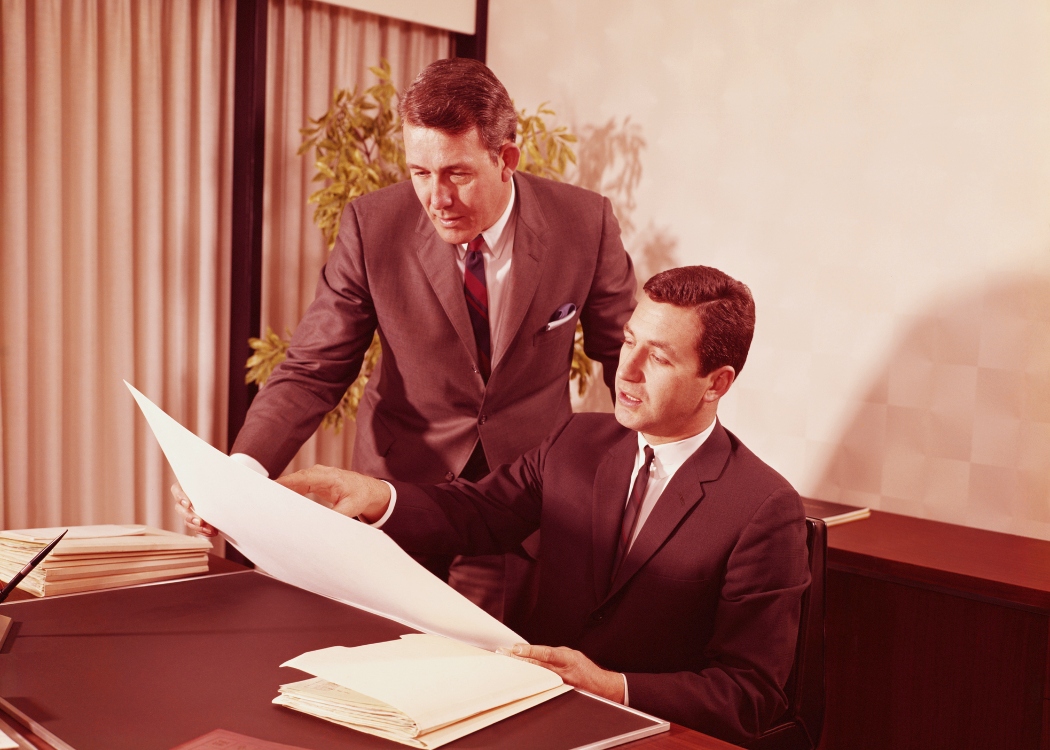
Office furniture moved off of Taylor’s factory-like grid and onto irregular, geometric pathways, while potted plants and curved screens were used as dividers.
While working for the furniture design company, Herman Miller, American inventor Robert Propst launched Action Office, which was a “flexible combination” of tables, desks and walls, designed to set workers free.
In an office world that was largely stagnant, Action Office was designed around mobility. Even in advertisements, the employees using Action Office were in motion blur – a symbol of heightened energy and productivity.
Not all organisations are intelligent and progressive. Lots are run by crass people. They make little, bitty cubicles and stuff people in them.
Standing desks kept employees on their feet and movable displays replaced the functionality of traditional drawers.
Best of all, Action Office looked like an Andy Warhol piece; the furniture was yellow, green, black, bright blue and navy. But despite winning awards, office uptake was minimal.
Though he lived to regret it, Propst accidentally created the cubicle. The demand for office space was rising, and businesses wanted cheaper furniture that took up less space.
So, Propst went back to the drawing board and soon launched Action Office II, comprising “three walls, obtusely angled and movable, which an office worker could arrange to create whatever workspace he or she wanted”.
Businesses bought in – so much so that a host of copycat competitors entered the scene. But these replicas became more and more regimented in order to cram growing headcounts into offices. The cubicle farm, as we know it, was born.
In 1998, Propst lamented how this opposed his initial intentions: “Not all organisations are intelligent and progressive. Lots are run by crass people. They make little, bitty cubicles and stuff people in them.”
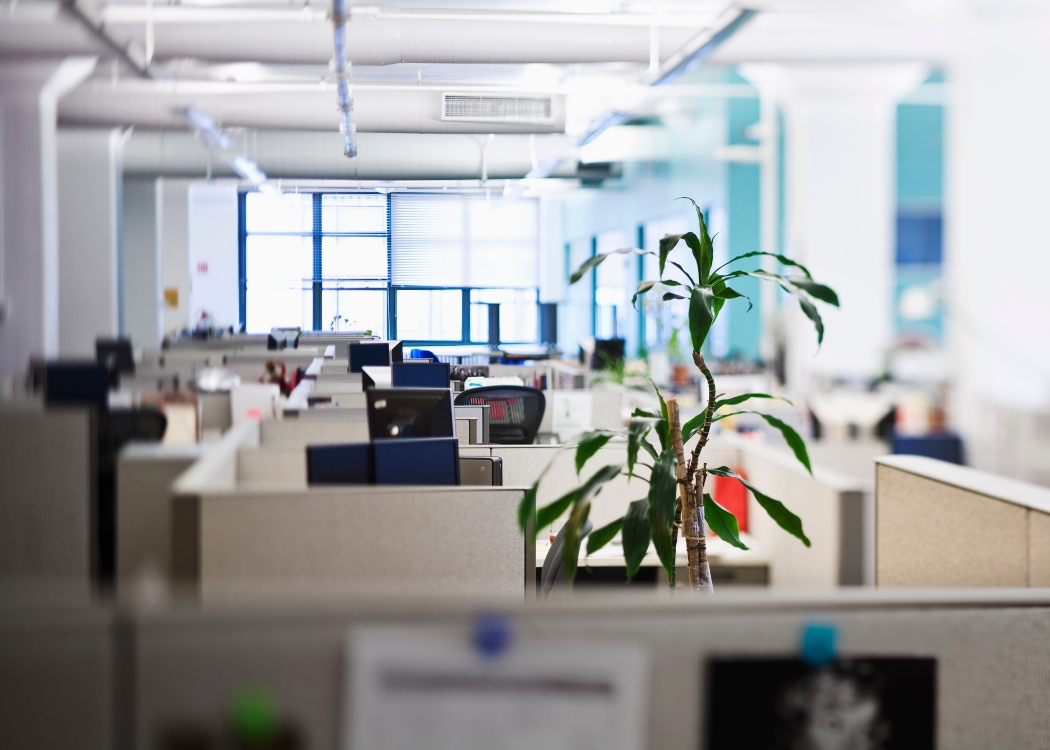
Though he lived to regret it, Propst accidentally created the cubicle. The demand for office space was rising, and businesses wanted cheaper furniture that took up less space.
In the US, amid a national energy crisis and headlines warning of a “traffic apocalypse”, Jack Nilles, author of “The Telecommunications-Transportation Tradeof” suggested telecommuting as an “alternative to transportation — and an innovative answer to traffic, sprawl, and scarcity of non-renewable resources”.
Rather than travelling into busy cities, Nilles proposed something similar to today’s WFH or ‘working closer to home’ model, where employees would commute to whichever satellite office was nearest to them.
As technology continued to develop, a handful of employees had the privilege of being awarded a personal computer.
For the first time, work could be done on-the-go, though the heaviness of early laptops made them hard to lug around.
By 1996, email was free and widely available. Memos became paperless and the way in which teams communicated with each other – and with their clients – changed irrevocably.
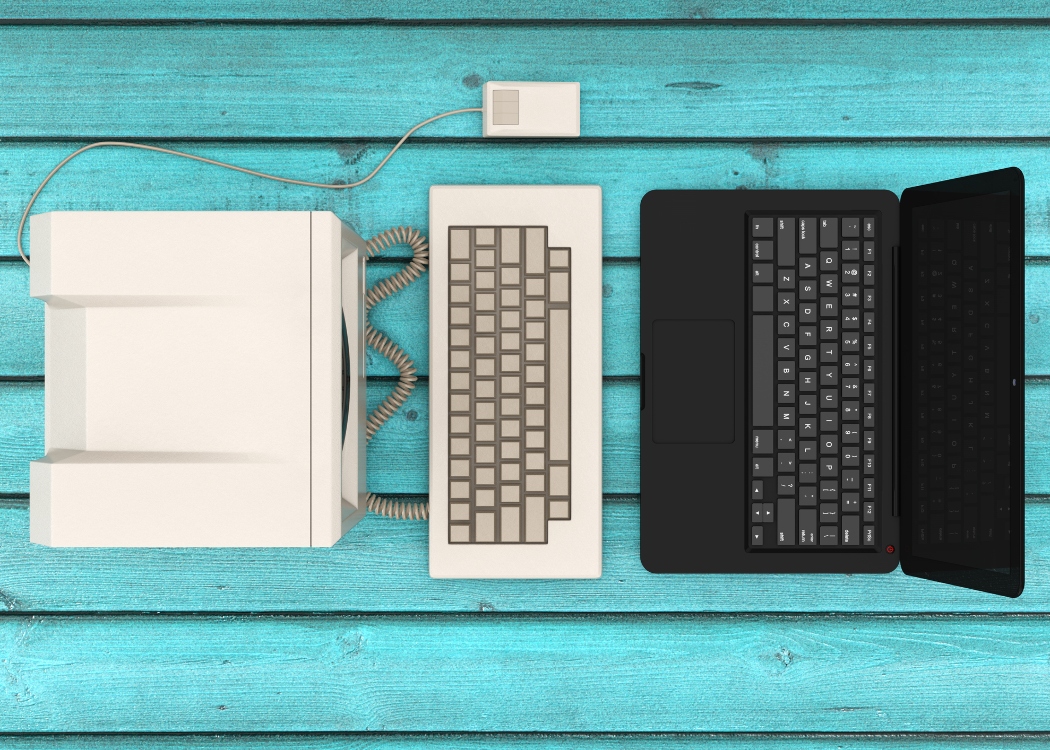
As technology continued to develop, a handful of employees had the privilege of being awarded a personal computer, though the heaviness of early laptops made them hard to lug around.
Fed up of unsocial business centres and his lack of productivity when working from home, American programmer Brad Neuberg set up the first coworking space: Spiral Muse – ‘home of wellbeing’ – in San Francisco.
Much like the perks on offer today, members had WiFi, shared lunches, bike tours and meditation breaks.
In 2007, the first iPhone acclimatised our minds to constant and instant updates – both personal and professional. Even on our commute home, our working day continued to ping in our pocket.
Work was no longer strictly tied to a specific desk – or the office in general. By 2008, laptop sales outstripped PC sales in the US.

In 2007, the first iPhone acclimatised our minds to constant and instant updates – both personal and professional. Even on our commute home, our working day continued to ping in our pocket.
After the first WeWork opened in New York in 2010, more and more offices became centred around community and collaboration – reawakening the 1958 sentiment of Bürolandschaft.
The demand for flexible office space picked up as providers offered flexible term lengths, design-led workspaces and plenty of perks.
In 2014, architect Clive Wilson designed the Superdesk, a long, curved, continuous desk for 175 people to boost collaboration and productivity.
During the Covid-19 pandemic, businesses across the UK worked from home for months. Some employees debated the ‘death of the office’, while others struggling with ‘WFH burnout’ reminisced its power to innovate and inspire. The average workday became 48 minutes longer.
Returning to the office was placed in employers’ hands and offices underwent significant changes to become Covid-secure. Collaboration was listed as the biggest reason employees want to return.
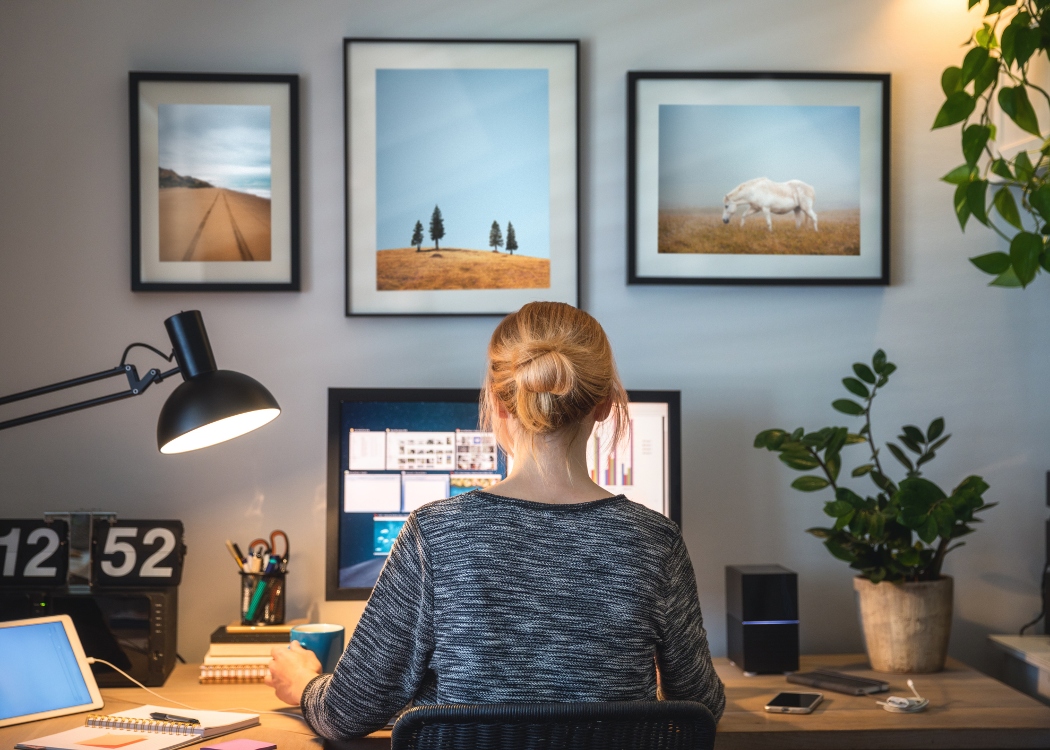
Some employees debated the ‘death of the office’, while others struggling with ‘WFH burnout’ reminisced its power to innovate and inspire. The average workday became 48 minutes longer.
History tells us that the office has evolved consistently over time. Today, the role of the office is arguably undergoing its most disruptive shift seen in recent times. But if the past has anything to tell us, the office will evolve again and emerge with a new and adapted purpose that suits the needs of the modern workforce.

Our experts are here to help take the hard work out of finding your next office space.